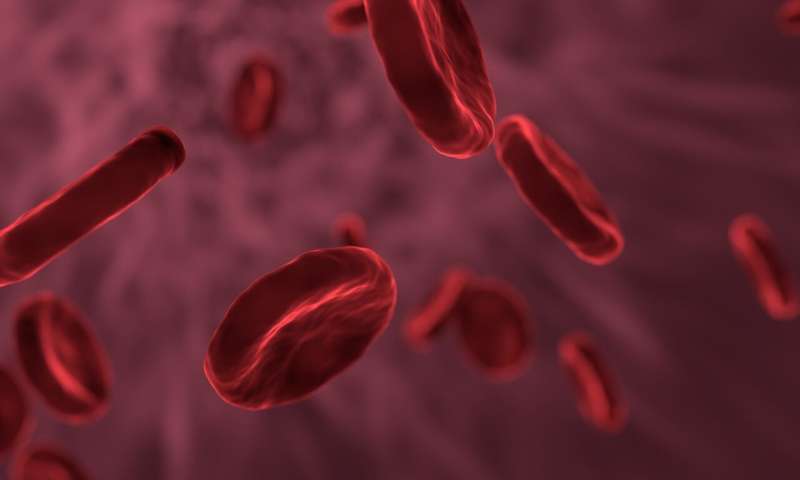
Oxford University scientist have discovered the molecular ‘first responder’ which detects disturbances in the flow of blood through the arteries, and responds by encouraging the formation of plaques which can lead to serious problems, including heart attack, stroke and even death.
The study, published in the journal Nature, found that mice without this molecule in its right shape don’t have clogged arteries, even when they eat an unhealthy high fat diet.
Atherosclerosis is a potentially fatal disease where fatty plaques clog up the arteries supplying blood to the heart, brain and other organs. These plaques cause the arteries to narrow and can increase the risk of blood clots that could block blood flow to the heart or brain, making it more likely that patients with atherosclerosis will suffer from heart attacks or strokes.
But scientists have known for over 200 years that the plaques don’t form just anywhere in the arteries—they are much more likely to form where the arteries curve or split, causing whorls and eddies in the blood flowing through them.
“The blood flowing through our arteries is like a river,” said Oxford University’s Dr. Ellie Tzima, who led the study. “Straight areas of this blood river are protected from the formation of plaques, but where this river bends is where we get chronic inflammation, eventually leading to formation of potentially life-threatening plaques.”
While scientists have previously discovered ‘mechanosensor’ molecules which can detect disturbed blood flow, researchers did not know the exact molecular details of what sets off the cascade of inflammation that leads to atherosclerotic plaques.
Now a team of researchers from Oxford University, Imperial College London, Duke University and the University of Chicago have found that a protein called Plexin D1 not only senses disturbances in the smooth flow of blood, but also then sets of a complex chain of events that kick starts inflammation and plaque formation at that site.
Professor Ellie Tzima, who is a Wellcome Senior Fellow at Oxford University’s Radcliffe Department of Medicine, said: “We used very tiny magnetic ‘tweezers’ to pull on the Plexin D1 protein, and we found that it responded to the pulling force by releasing signals that start a domino effect, ultimately resulting in plaque that can go on to cause a heart attack.”
The research team also found that Plexin D1 folds into a closed, ring-like shape, or an open, chair-like shape: only the chair-like shape responded to the magnetic tweezers pull.
Source: Read Full Article
